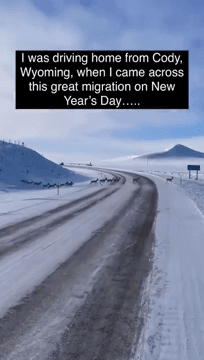EERHUNTER DEERHUNTER IS DRIVEN BY A PASSION FOR HUNTING DEERHUNTER is part of the Danish F. ENGEL textile company, which has produced workwear for professionals since 1927 – with exports throughout Europe. The company is known for its proud traditions and strong values, which also come to expression in Deerhunter. "Hunting is about passion, and the courage to make the right decisions based on knowledge and experience. The same factors drive Deerhunter. We supply hunting wear for quality-conscious hunters – whatever the type of hunt or tradition" The brand was created in 1985. Today it is represented in more than 40 countries around the world, and has the enviable distinction of being appointed Purveyor to HM the Queen of Denmark in 2009. DEERHUNTER focuses on design, function, service and on-time delivery High quality at an attractive price Developed and tested by hunters, for hunters Focus on function, comfort and mobility The clothing is tested in the climate and environme
Post: 6 August 14:25














































